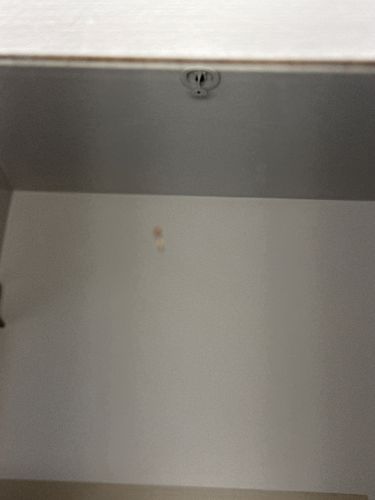Booklice
Scientific Name: Various species, e.g., Liposcelis corrodens, Trogium pulsatorium
Order & Family: Psocodea (formerly Psocoptera), various families (e.g., Liposcelididae, Psocidae)
Size: 1-2 mm

Natural Habitat
Indoor environments with high humidity (above 60-70%), such as bathrooms, kitchens, basements, and anywhere mold can grow. They are often found in old books, stored papers, or food pantries.
Diet & Feeding
Mainly feed on microscopic mold, fungi, and starches found in books, paper, wallpaper paste, and food products.
Behavior Patterns
Typically found on flat surfaces, moving slowly. Attracted to moisture and dark, secluded areas. They undergo incomplete metamorphosis.
Risks & Benefits
Generally harmless to humans; they do not bite or transmit diseases. However, large infestations can damage books, paper, and food items. Their presence can indicate high humidity and potential mold growth issues in a building.
Identified on: 9/3/2025